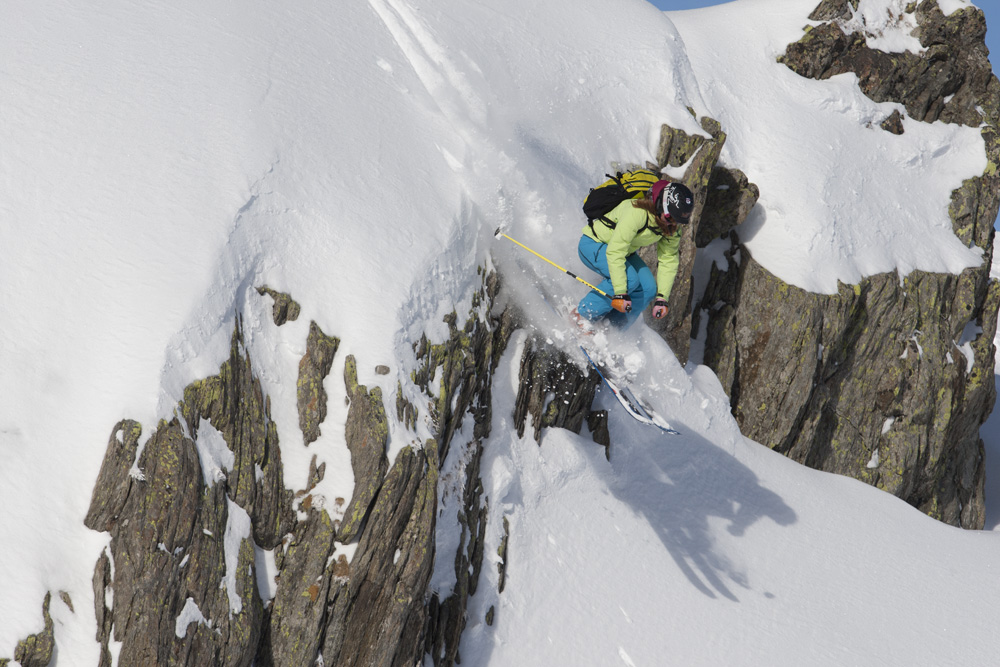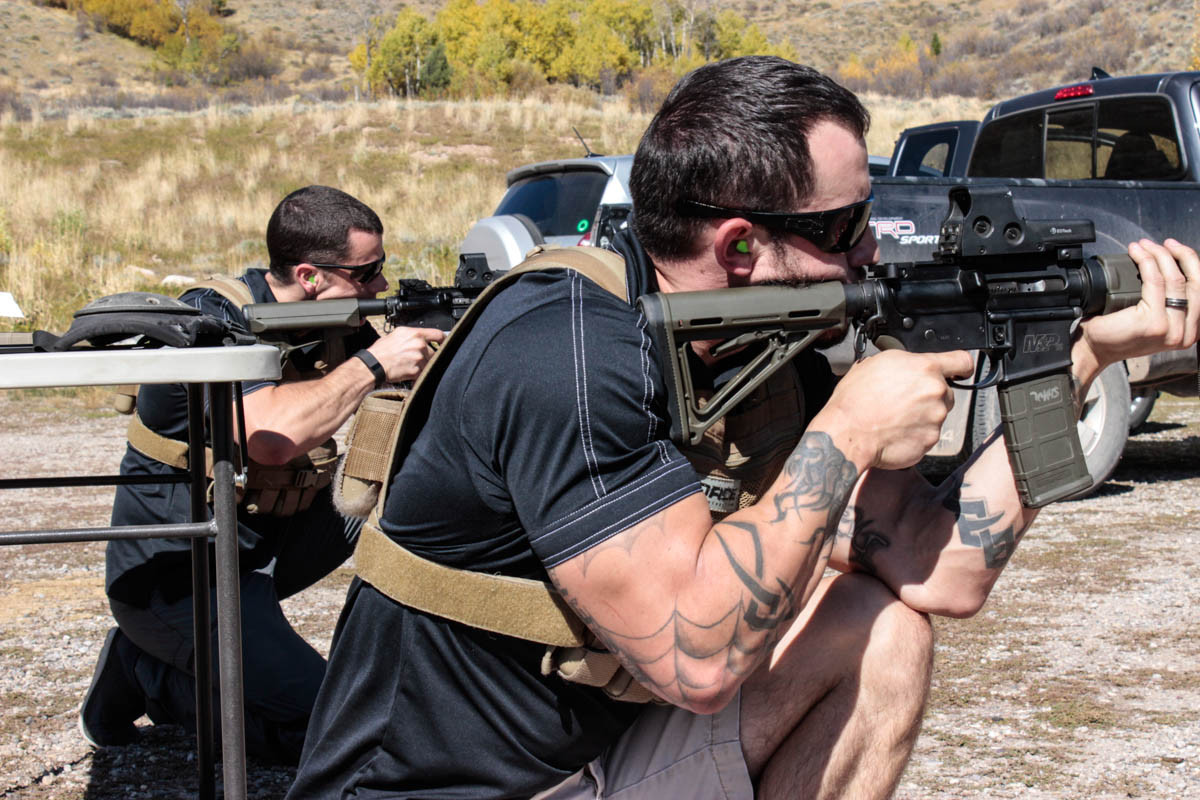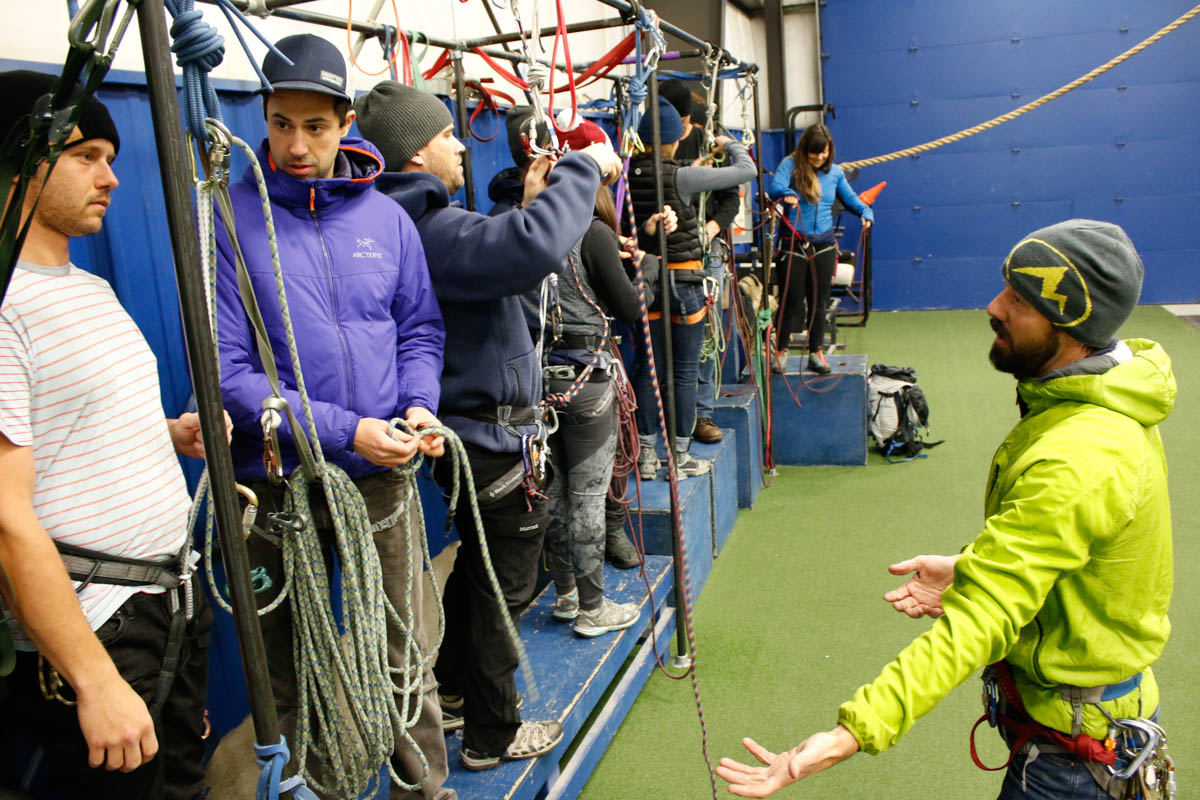By Rob Shaul
A couple of years ago, an executive at a major military contracting firm visited our facility. He’d come to the firm after a career in the US Special Forces and described the dangerous mistakes he made during his journey from boot recruit to becoming tactically “aware” on the battlefield.
He challenged us to shorten this journey.
We’ve been working toward this idea for some time as it has application to the mountains as well.
A couple years ago, one of our long-time mountain athletes, pro-skier and mountain guide, Jessica Baker, was working with a female journalist to ski the Grand Teton here in Wyoming. The journalist had arrived in Jackson a week or so ahead of the target date, and the plan was to spend the first few days completing lesser objectives. Jessica wanted to evaluate this person’s skiing ability, fitness, mountain skills, and mountain “awareness” during these smaller objectives – to ensure the journalist was prepared for the Grand.
During one of these test trips, Jessica described how the journalist had skied a couloir, set off a small sluff avalanche without realizing it, and stopped in a dangerous spot, which on a bigger objective, could have led to disaster.
Following this mistake, Jessica decided the journalist didn’t have the mountain awareness yet, she felt was required for the Grand.
Conceptually we understand the current journey to this “awareness.” On the ski mountaineering side, the athlete has first to learn to ski confidently and proficiently in steep, narrow, powder chutes, overexposure. Exposure = you fall, and you could die. Generally, this ski proficiency journey is done at a ski resort – first inbounds, then next out-of-bounds to the bigger, but still lift-accessible steep lines.
Next comes the mountain skills: Skinning, avalanche education, route finding, rope skills, steep skiing on alpine touring skies (lighter gear/softer boots), fueling, beacon rescue, etc. Lesser objectives are chosen first – easy skiing, then as these skills develop, things are ramped up.
At it’s highest level, ski mountaineering involves highly technical climbing and skinning in avalanche terrain and skiing steep, narrow, big lines overexposure – such as the Grand Teton.
Throughout this journey, there are ample opportunities to get injured or killed. Generally, people make stupid mistakes, get lucky, hopefully, learn from them, then repeat. Many times, like the journalist with Jessica, we’ll make mistakes we don’t realize. Mountain “awareness” involves the ability to ski a steep, narrow couloir with exposure, safely, and still have the mental space to watch all the other factors – sluffs, other team members, weather, rock fall, your own nutrition, and hydration, etc. – meet the objective, and get home safe.
Tactical Awareness
Tactical awareness is similar. At some point, after making all the mistakes, getting lucky and surviving and learning from them, things “slow down” for the individual, and he or she is able to see the big picture, and anticipate and react to a highly dynamic, and dangerous, situation – complete the mission, and get home safe.
I’m not a great skier. But my skiing fundamentals are much better on technical, steep terrain, inbounds, where there’s no real exposure to injury. Get me out of bounds, where falling equals a tumble over a cliff face, and under that stress, my fundamentals go to hell – I get into the “back seat” of my skis, forget how to turn …. you can imagine the rest.
On the tactical side, fundamental CQB tactics and marksmanship perfected under the “safe” environment of a training shoot house and paper targets can evaporate and become super sloppy under the stress of the “real” thing.
As we think about this conceptually for the typical training course, the conventional wisdom is to drill and perfect the fundamentals under no stress, or very limited stress, then complete the course with an elaborate FTX, stress shoot, or mountain objective.
These final exercises are where stress is finally applied.
What we suspect is this stress inoculation does not come soon or frequently enough during the traditional training course or evolution, to be effective. As well, we suspect and have seen, both on the mountain and tactical side (shooting courses) instructors flood students with a broad range of specific skills and techniques in an attempt to cover nearly everything students may experience in the field.
In practicality, however, too much is taught, and too little in mastered, and often students come away more frazzled than fundamentally proficient and confident in the application of these fundamentals under stress.
Theoretically, we suspect that applying the 80/20 rule to information taught at mountain and tactical training courses would go a long way to help shorten this journey to “awareness.” In other words, instead of flooding students with everything to consider for every scenario, limit the skills being taught to the 20% which will cover 80% of the situations they face, and then drilling the hell out of them.
Second, using the theories we’ve developed in Range Fitness, to earlier and much more frequently into the training course. In the mountain and tactical world, knowing a skill which you can’t apply under stress doesn’t do you much good. Stress inoculation is as important as learning the skill itself.
The goal of our Range Fitness system is to train accurate marksmanship under stress, frequently.
When we teach our Range Fitness courses, we compare what we’re doing to football practice. Our Range Fitness drills are like tackling drills at football practice – focused, short, repeatable, easy. A realistic “stress shoot” would be like the weekly scrimmage at football practice – much more involved, harder to prepare and design, and not nearly as frequent.
We use metal, reactive targets for Range Fitness – which provides the student instant feedback, keep the events short – less than 2 minutes, don’t use much ammo, and aim to give shooters lots of reps to practice.
On the mountain side, working with our athlete and mountain guide Brenton Reagan, we’ve helped Brenton design a ski mountaineering course which applies the 80/20 rule, and repetition. Teaching the course outside would be ideal, but it’s also super inefficient. Weather, snow conditions, time spent skinning to the location and returning to the trailhead all rob students of opportunities to practice knots, anchor building, communication, etc. So Brenton teaches the course inside, in our facility for efficiency and effectiveness. He uses a stopwatch and some of our Range Fitness techniques to apply stress for task completion.
These two components: (1) applying the 80/20 rule to limit the skills taught during the course, and; (2) introducing stress early and often in a focused, but controlled way are a training approach we hope to test and perfect.
On the mountain side, we’re really interested in applying this theory to avalanche education. Currently, as students proceed up through the different avy course levels, the focus turns more and more to snow science and weather, and further from the group dynamics and heuristics which are at the root cause of many avy deaths. Case studies consistently show people involved ignore clear signs of avy danger through heuristics, and statistics indicate the higher the level of avalanche education achieved, the greater the danger of being involved in an avalanche incident.
On the tactical side, we’re working to apply this theory to CQB training. Specifically, working with the idea of again applying the 80/20 rule to coursework, and introducing force on force training early and often in the training course.
Overall, it’s hard for me to think of a more “mission direct” project and I’d encourage and welcome any feedback, thoughts, examples or wisdom you may be able to share to help us explore these ideas.
Email me at rob@mtntactical.com
You Might Also Like MTI’s Range Fitness Mid-Range Carbine


